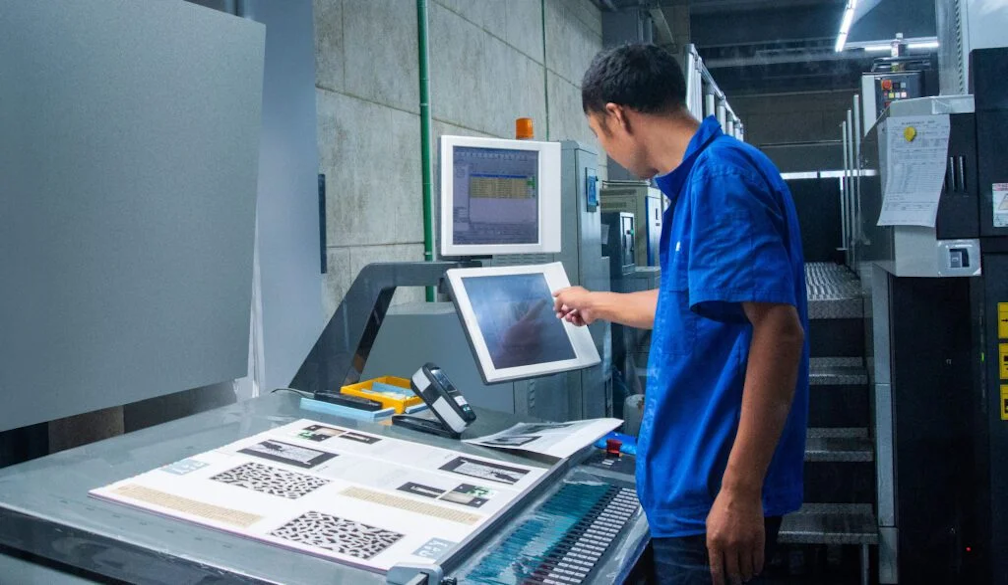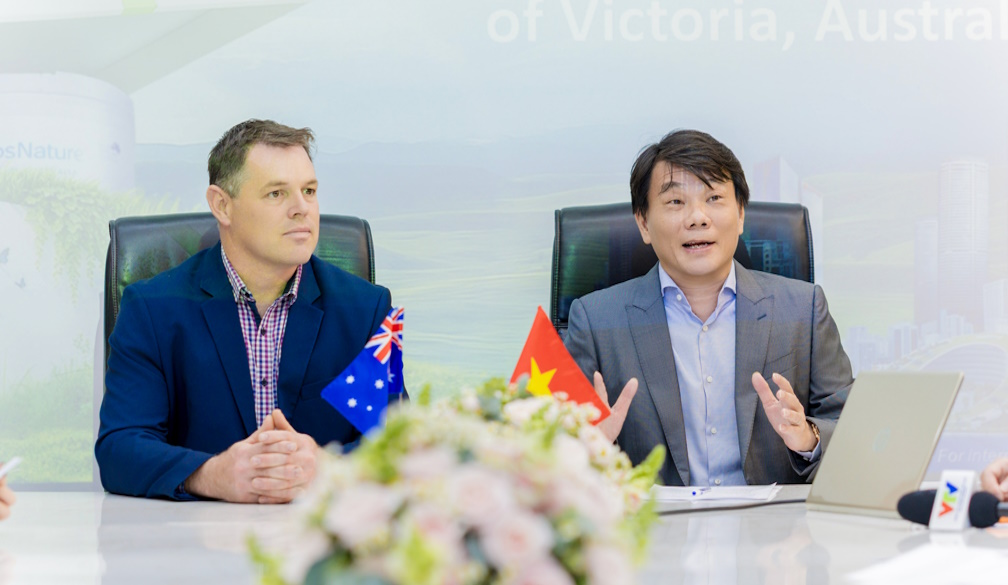No clear target in Australia's 2030 national innovation report
- Written by Leigh Dayton, PhD candidate, Macquarie University

The long wait is over. As of this week, Australia has a strategic plan that promises to rejuvenate the nation’s lagging innovation performance – Australia 2030: Prosperity Through Innovation. But instead of a roadmap for action, it’s more of a sketch with detours, dead ends, and red lights which should be green.
This plan started as a commitment in Prime Minister Malcolm Turnbull’s 2015 National Innovation and Science Agenda. And it has now been prepared and released by an independent public agency, Innovation and Science Australia (ISA), after a Senate inquiry into the Australia’s research and innovation system and broad consultation across the community.
The report offers a range of 30 recommendations categorised into five “imperatives for action”: Education, Industry, Government, Research and Development, and Culture and Ambition. As part of this last imperative, ISA also proposes an ambitious National Missions initiative, comparable with moon shots.
We have a problem
Not only has Australia 2030 been widely anticipated in industry and in the research and education sector, it is much needed. The nation has a problem. On most international measures, such as the widely recognised Global Innovation Index, Australia consistently lags behind international competitors.
In 2017, the index ranked Australia 23rd of 127 countries in terms of its research performance. But on innovation efficiency, which is a measure of how well we translate research into commercial outcomes, we rank a lowly 76th. Even New Zealand beat Australia on both measures. And it gets worse. Australia was last on the 2017 OECD Science, Technology and Industry Scoreboard when it comes to high growth enterprises.
Before he was appointed Chair of the ISA Board, Bill Ferris bluntly declared of the nation’s research and development (R and D) performance,
Australia has internationally competitive R and bugger-all D.
Read more: National Science Statement a positive gesture but lacks policy solutions: experts
A curate’s egg
So it comes as a disappointment that the new strategic plan is something of a “curate’s egg” - good in some parts, but with missed opportunities in others. It is perfectly right, for example, in:
restating the need for urgent action if Australia is to maintain its social, economic and environmental well-being
recognising that the nation’s science and innovation system is a fragmented collection of institutions, programs and enterprises – public and private – cobbled together in a complex array of federal and state jurisdictions
identifying a leading role for government in the establishment of the policy and regulation settings within which participants in the innovation system operate, and
urging government to take an active role itself in the innovation process by, for instance, encouraging pre-commercial procurement of products from industry and “role modelling” 21st century service delivery.
Implementation not clear
However, the plan’s weaknesses become apparent when considering the policies and mechanisms needed to achieve the goals it outlines. How often is it in these discussions that laudable aspirations struggle to be matched by a coherent and adequately funded implementation strategy?
Consequently, the plan reads like a shopping list of disconnected ideas and initiatives, many of which are jarringly specific – “grow government procurement from Small to Medium Enterprises to 33% by 2022” – while others are sweeping: “increase commercialisation capability in research organisations”.
The problem is that details about how to turn such ideas into reality are less easy to find. This is surprising as there are many programs and approaches, both in Australia and internationally, which offer models and solutions.
An example: many Australian universities are taking steps to ramp up their “commercialisation capability” by hiring people with industry experience, encouraging scientists to collaborate with the end-users of their research, and simplifying the management of their intellectual property.
Similarly, little is said about the broader research and innovation system, and its deficiencies, in which the policy proposals are supposed to achieve results? These deficiencies are noted, not tackled. In contrast, global players like the UK, Germany, Finland, Sweden, South Korea and Singapore are busy reshaping their innovation systems with targeted industry policies to identify areas of current and future competitive advantage.
What are we good at?
While the ISA’s strategic plan paints a broad picture of where Australia needs to be in 2030, it does not provide any guide, let alone analysis, of these areas of potential competitive advantage. What is this country good at doing? What does it need to learn to do to compete in the global markets and value chains, and in which sectors of the economy?
Answering such questions is the job of technology foresight exercises where future scenarios are mapped out and planned for – something ISA seems not to have tried. It certainly had plenty of time to do so. Instead, the plan offers a set of national missions and strategic opportunities, with only isolated illustrations of how they can be achieved.
For example, the plan proposes a national mission to make Australia “one of the healthiest nations on Earth”. Who could argue? But in targeting “genomics and precision medicine”, where Australia does indeed excel, it avoids more controversial issues like controlling the population’s sugar intake.
Read more: It's 2030, and precision medicine has changed health care – this is what it looks like
Moreover, some of the other major issues facing Australia were seemingly not up for discussion, such as the challenges of renewable energy and super-fast broadband. Though these are mentioned as “beyond the scope of this plan”, can we realistically sell new national missions while current ones are unresolved?
For a plan that is supposed to embody longer term thinking, it is disappointing to see such capitulation to short-term political pressures. Why not try to deal head-on with the reality that the current government – every government – is ruled by politics and the three year political cycle. It’s frustrating for everyone that policies, funding and programs are chopped and changed, according to the government of the day.
Right now, the Turnbull government is moving in the opposite direction to the policies and priorities needed to underpin the ambitions of Australia 2030. It is cutting research and education, ignoring climate change, and clinging to a commodity economy.
Need for clear direction
Of course these are difficult challenges for a body like ISA. However, it is the function of a national science, research and innovation strategy to identify challenges and address them. It must offer not only a clear direction for the future but also coherent and effective pathways that enable those operating in the innovation system to deliver tangible outcomes.
No doubt the ISA strategy contains elements that will hit these targets, which is why we must wish it well. But equally it needs an organisational rethink: what are the national goals? What are the problems, and how do we go about fixing them, step-by-step, in a systematic way? Maybe this can be the next item on its agenda.
Glossy plans and lofty ambitions are good, and their educational value for both the political classes and the wider community should not be underestimated. But a blueprint for a constantly evolving, properly funded and joined-up research and innovation system would be better.
Authors: Leigh Dayton, PhD candidate, Macquarie University
Read more http://theconversation.com/no-clear-target-in-australias-2030-national-innovation-report-90938



















